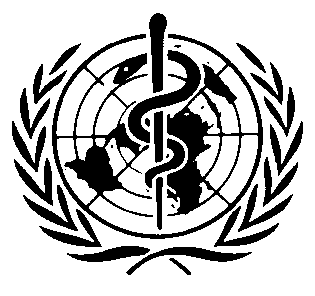International Chemical Safety Cards
| BIS(2-CHLOROETHYL) ETHER | ICSC: 0417 |




2,2'-Dichloroethyl ether 1,1'-Oxybis(2-chloro)ethane sym-Dichloroethyl ether Diethylene glycol dichloride C4H8Cl2O / (ClCH2CH2)2O Molecular mass: 143.02 

 ICSC # 0417
ICSC # 0417CAS # 111-44-4 RTECS # KN0875000 UN # 1916 EC # 603-029-00-2 October 04, 2000 Peer reviewed |
| TYPES OF HAZARD/ EXPOSURE | ACUTE HAZARDS/ SYMPTOMS | PREVENTION |
FIRST AID/ FIRE FIGHTING |
| FIRE |
Flammable.
Gives off irritating or toxic fumes (or gases) in a fire.
|
NO open flames, NO sparks, and NO smoking.
|
Powder, water spray, foam, carbon dioxide.
|
| EXPLOSION |
Above 55°C explosive vapour/air mixtures may be formed.
|
Above 55°C use a closed system, ventilation.
|
In case of fire: cool cylinder by spraying with water but avoid contact of the substance with water.
|
| EXPOSURE |
|
PREVENT GENERATION OF MISTS!
|
|
| •INHALATION |
Cough.
Sore throat.
Nausea.
Vomiting.
Burning sensation.
Laboured breathing.
Symptoms may be delayed (see Notes).
|
Ventilation, local exhaust, or breathing protection.
|
Fresh air, rest.
Half-upright position.
Refer for medical attention.
|
| •SKIN |
MAY BE ABSORBED!
|
Protective gloves.
Protective clothing.
|
Remove contaminated clothes.
Rinse and then wash skin with water and soap.
Refer for medical attention.
|
| •EYES |
Redness.
Pain.
|
Face shield,
or eye protection in combination with breathing protection.
|
First rinse with plenty of water for several minutes (remove contact lenses if easily possible), then take to a doctor.
|
| •INGESTION |
Abdominal pain.
Nausea.
Vomiting.
Burning sensation.
|
Do not eat, drink, or smoke during work.
Wash hands before eating.
|
Rinse mouth.
Induce vomiting (ONLY IN CONSCIOUS PERSONS!).
Rest.
Refer for medical attention.
|
| SPILLAGE DISPOSAL | STORAGE | PACKAGING & LABELLING | ||
|
Ventilation.
Remove all ignition sources.
Collect leaking and spilled liquid in sealable containers as far as possible.
Absorb remaining liquid in sand or inert absorbent and remove to safe place.
(Extra personal protection: chemical protection suit).
|
Fireproof.
Separated from
food and feedstuffs
.
See Chemical Dangers.
Keep in the dark.
Well closed.
|
Do not transport with food and feedstuffs.
Marine pollutant. T+ symbol R: 10-26/27/28-40 S: 1/2-7/9-27-38-45 UN Hazard Class: 6.1 UN Subsidiary Risks: 3 UN Packing Group: II |
||
| SEE IMPORTANT INFORMATION ON BACK | ||||
|
||||